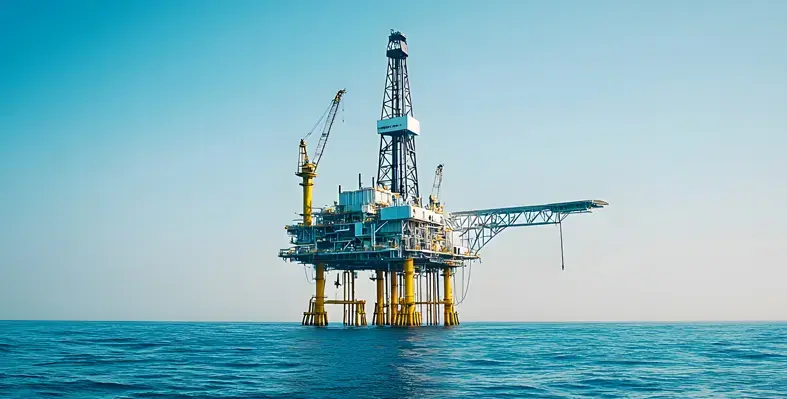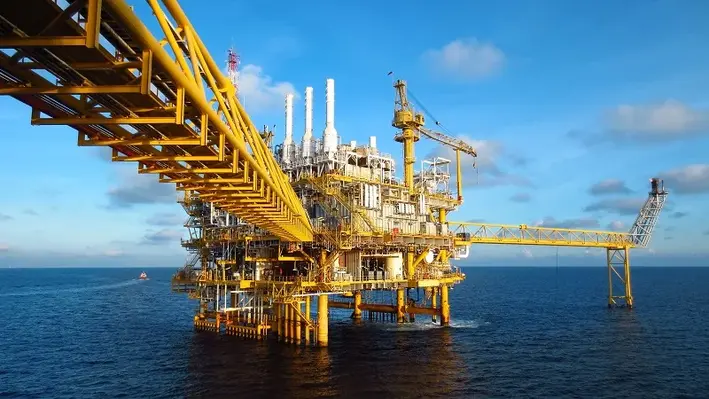
Offshore decommissioning has been considered a growing and expensive issue in the Gulf of Mexico.
Several analyses conducted to estimate the costs of decommissioning infrastructure in the federal waters of the Gulf of Mexico have shown that it would amount to an estimated US$40bn to US$70bn. According to a 2024 report by the Governmental Accountability Office (GAO), out of a total of 8,000 wells and 1,600 oil and gas platforms, nearly 2.700 wells and 500 platforms are overdue for decommissioning. To be considered overdue, a platform needs to be unoperational on an active lease for more than 10 years or left standing with an inactive lease for well over a year. In case of the latter, the lease may have either expired, been relinquished or terminated.
Shallow and deep water wells are the two main types of wells located in the Gulf of Mexico. While shallow-water wells were initially developed by large oil companies, they were later sold to smaller companies over the years, that lacked the financial resources of major oil companies. Being of minimum economic value, shallow-water wells are often at a high risk of being abandoned by their operators. On the other hand, deepwater wells are newer and relatively more complex that shallow-water wells. Being larger and deeper makes them higher in economic value. Therefore, decommissioning these wells during their end-of-life stage is costlier when compared to shallow-water wells.
According to a report by Ocean Conservancy, decommissioning a deepwater well costs a whopping US$24mn, while a shallow-water well costs only around US$660,000. Currently, there are more than 1,600 active deepwater wells in the Gulf of Mexico, with the cost of decommissioning these wells estimated to exceed US$34bn. Considering subsea pipelines that are often left discarded on ocean floors, the exact cost of their removal has not been estimated, but is expected to have a high cost similar to deepwater well decommissioning.




